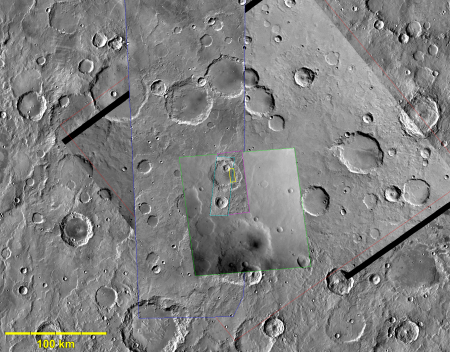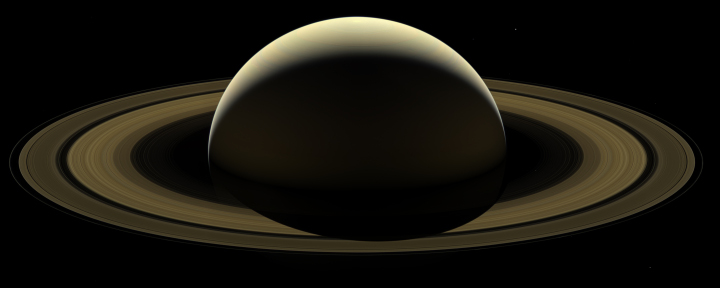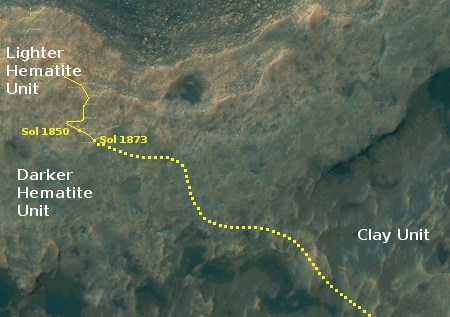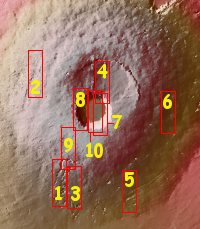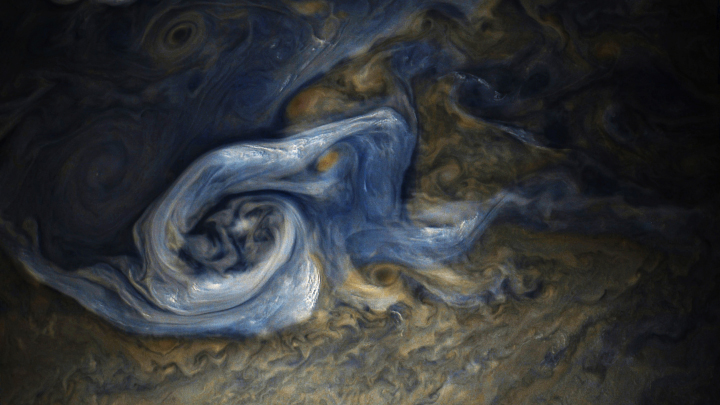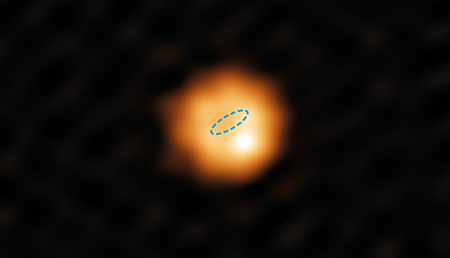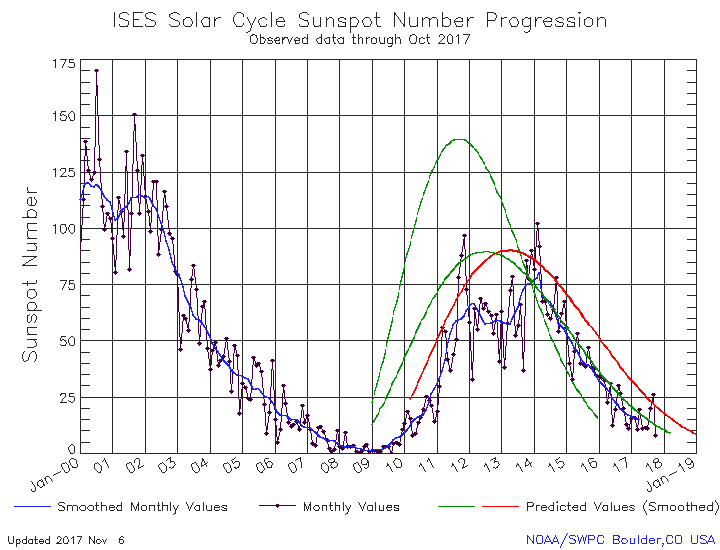Russia astronauts have found bacteria living on the outside of ISS
Russia astronauts have found bacteria that was not intentionally brought into space living on the outside of ISS.
They are being studied on Earth but most likely they don’t pose any sort of danger, Russian cosmonaut Anton Shkaplerov told TASS on Monday. According to him, during spacewalks from the International Space Station under the Russian program, the cosmonauts took samples with cotton swabs from the station’s external surface. In particular, they took probes from places where the accumulation of fuel wastes were discharged during the engines’ operation or at places where the station’s surface is more obscure. After that, the samples were sent back to Earth.
“And now it turns out that somehow these swabs reveal bacteria that were absent during the launch of the ISS module. That is, they have come from outer space and settled along the external surface.”
I suspect it is a bit of hyperbole to say the bacteria came from outer space. It more likely came from either the station itself, or later spacecraft docking with the station. At the same time, the article is vague about what has been discovered. For example, it says nothing about the bacteria itself.
Russia astronauts have found bacteria that was not intentionally brought into space living on the outside of ISS.
They are being studied on Earth but most likely they don’t pose any sort of danger, Russian cosmonaut Anton Shkaplerov told TASS on Monday. According to him, during spacewalks from the International Space Station under the Russian program, the cosmonauts took samples with cotton swabs from the station’s external surface. In particular, they took probes from places where the accumulation of fuel wastes were discharged during the engines’ operation or at places where the station’s surface is more obscure. After that, the samples were sent back to Earth.
“And now it turns out that somehow these swabs reveal bacteria that were absent during the launch of the ISS module. That is, they have come from outer space and settled along the external surface.”
I suspect it is a bit of hyperbole to say the bacteria came from outer space. It more likely came from either the station itself, or later spacecraft docking with the station. At the same time, the article is vague about what has been discovered. For example, it says nothing about the bacteria itself.

